The two standard colors I've always offered these in were mahogany & light brown:
dark brown:
medium brown:
The quality of the leather is the same - top grain vegetable tanned leather - some of the best you can get. The design of the fly wallets remain exactly the same, too with six pages made of 100% virgin Merino wool felt, & fully lined inside the wallet with a genuine black suede leather. Made to last for many decades of heavy fishing use, these wallets are among the best on the market today.
To read more about these fly wallets, & to see even more detailed photos of them, please visit the Leather Accessories page.
If you have any questions, or want to place an order, please contact me & I'll be happy to help you out.

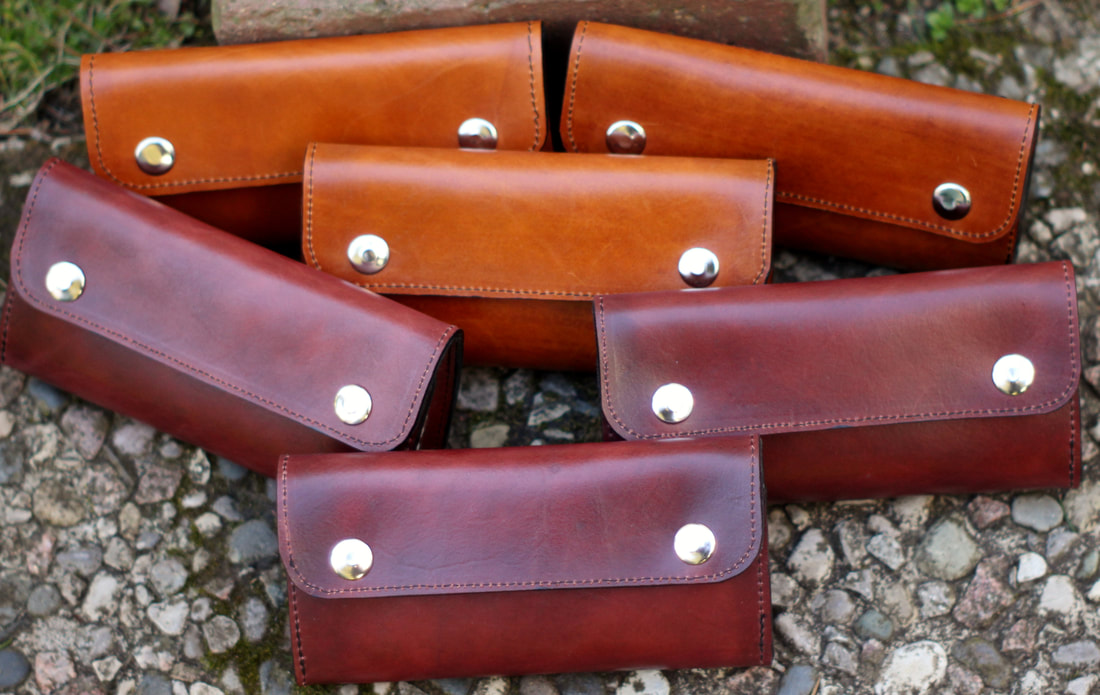

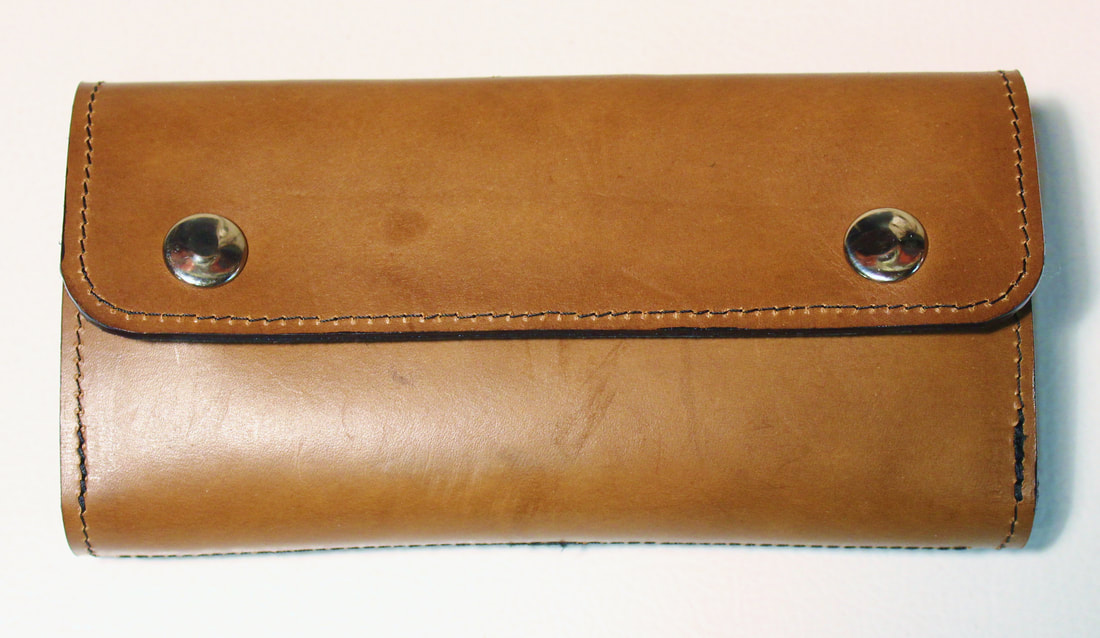
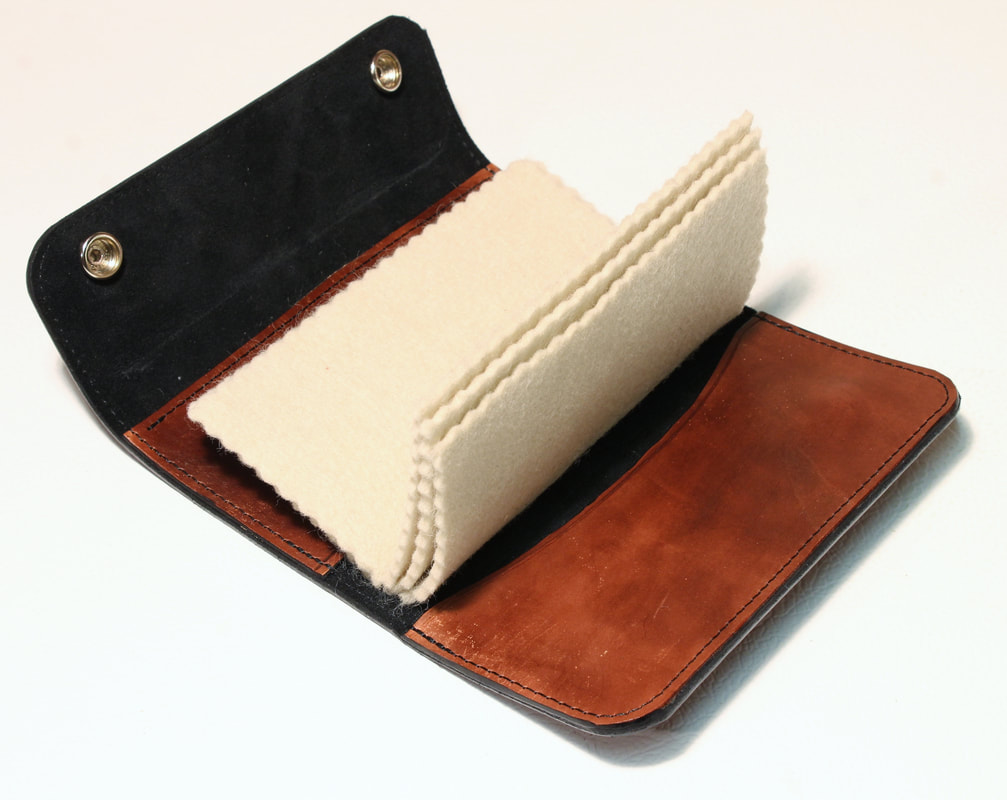

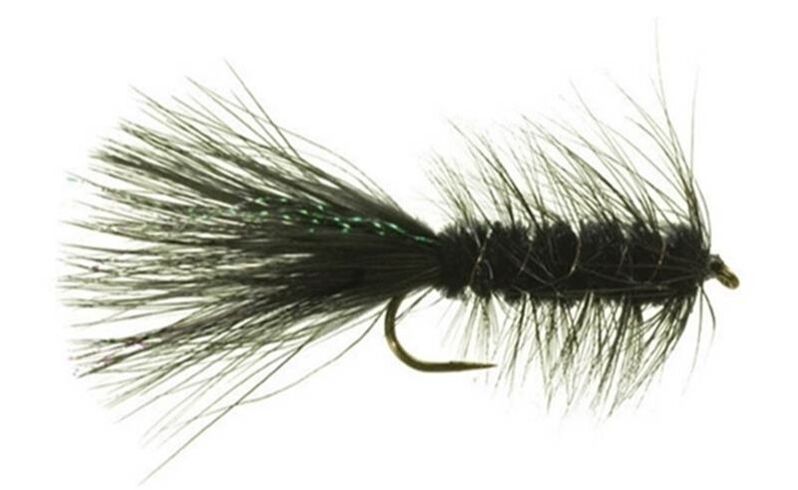
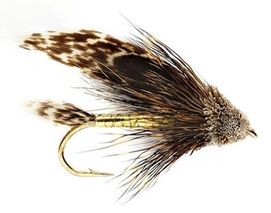
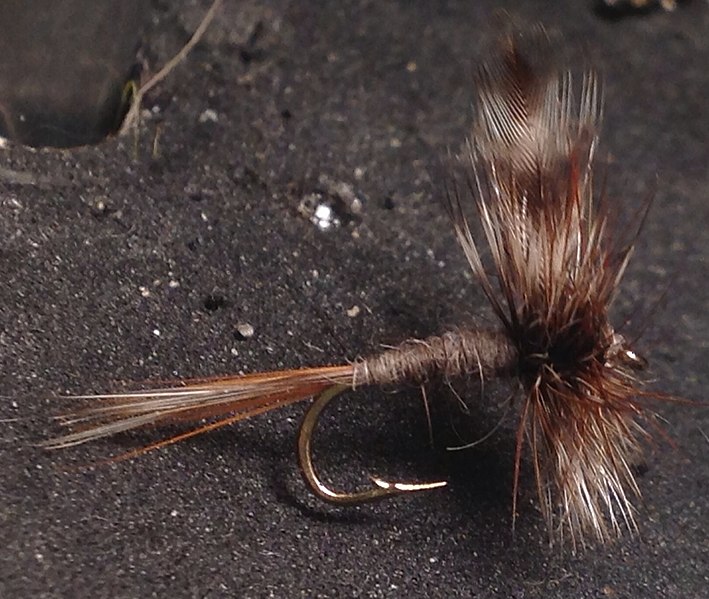

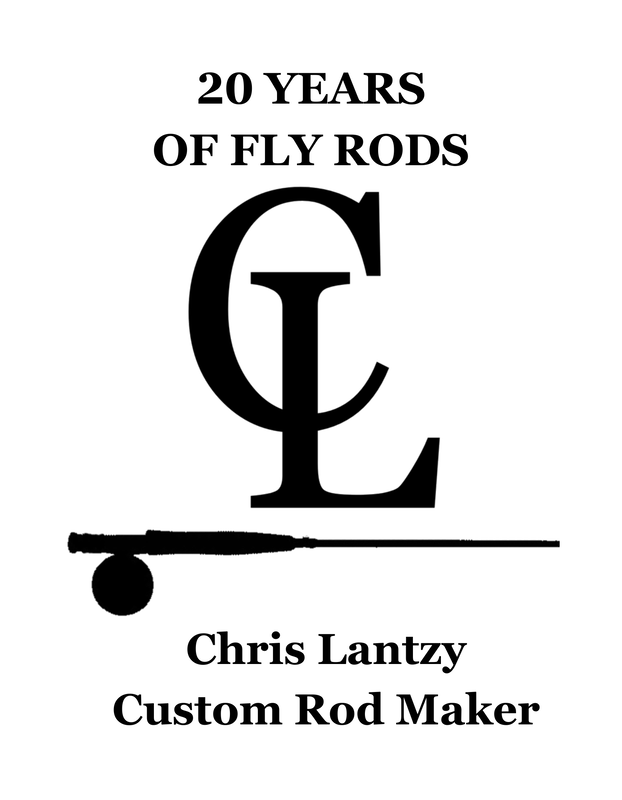
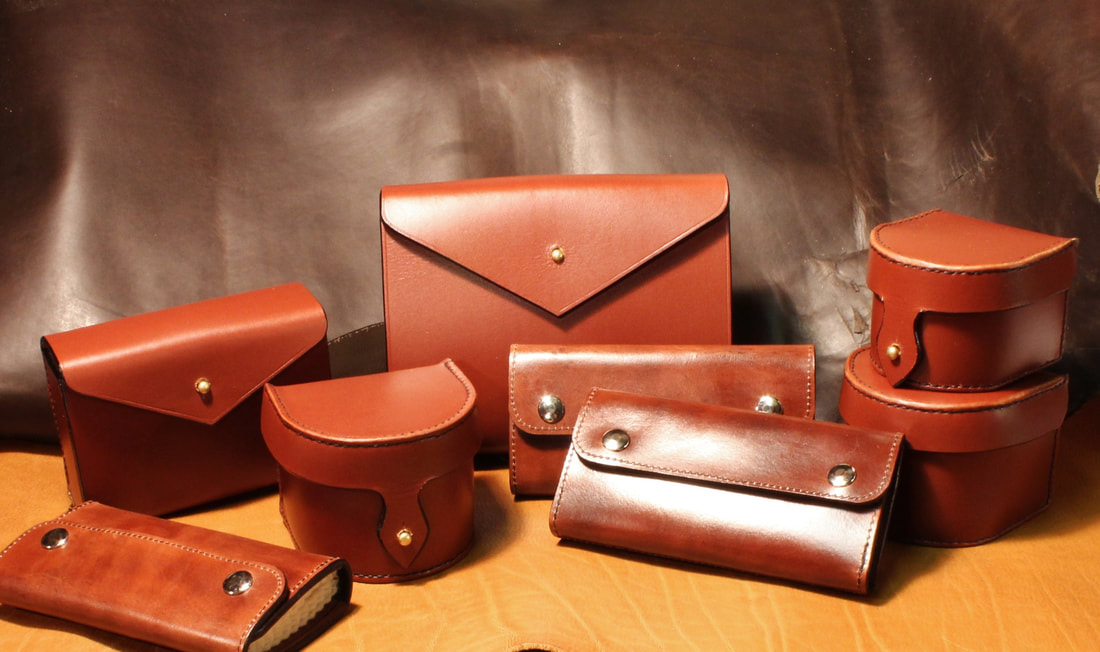

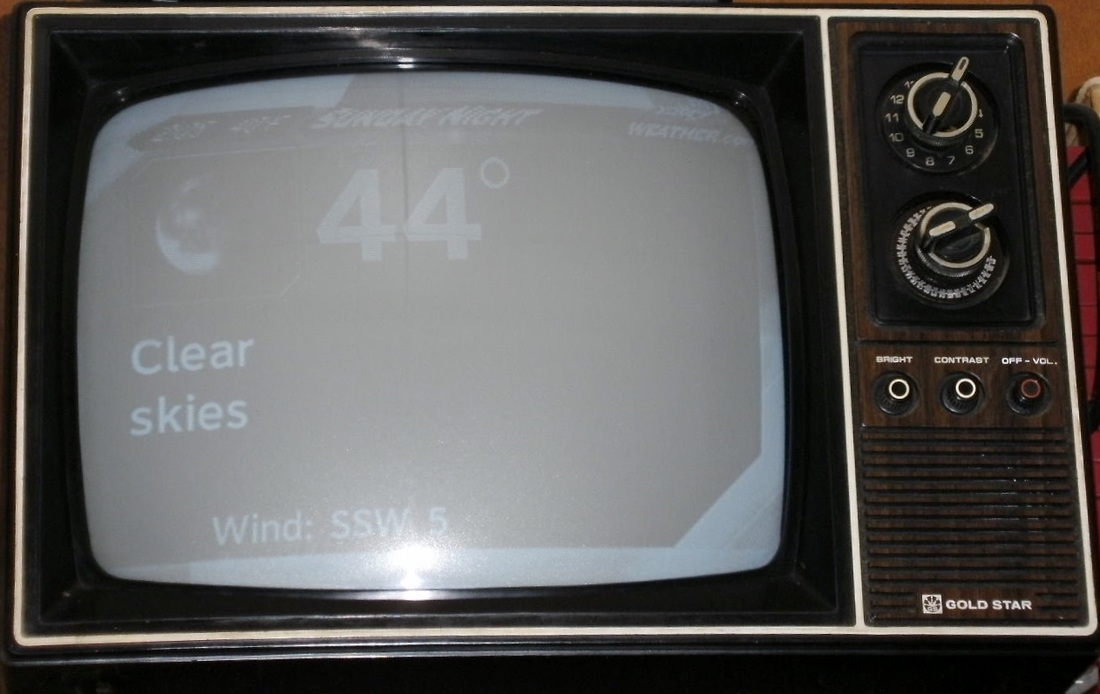
 RSS Feed
RSS Feed
